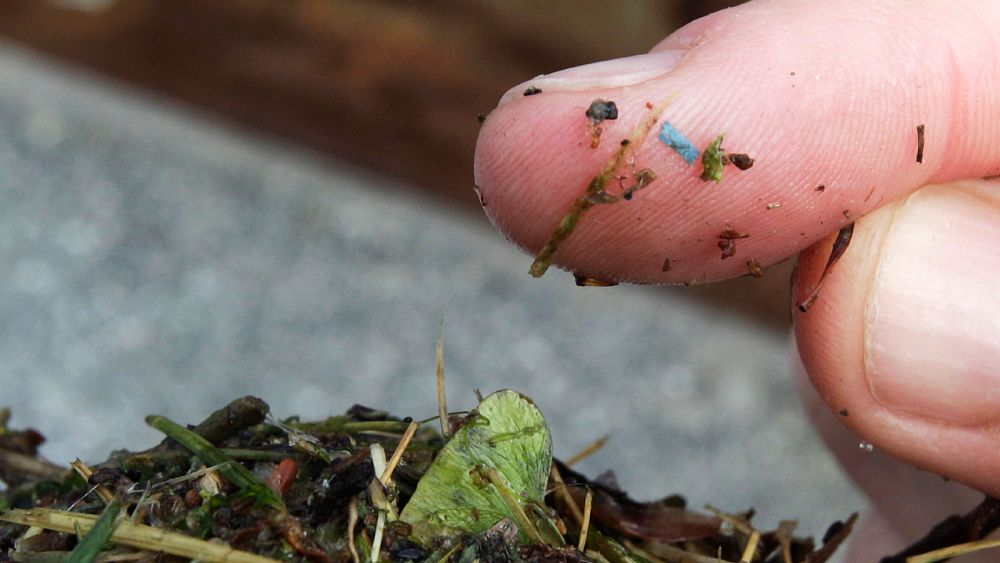New research on the impact of microplastics on mice suggests that these small particles could induce behavioral changes.
Microplastics could be as widespread in the body as they are in the environment, according to a new study.
Researchers exposed mice to varying levels of microplastics through drinking water and studied the impact of plastics on organs and behavior.
Microplastics are small plastic particles less than 5 mm in length that come from larger plastics that have broken down, such as clothing, tires, and other items.
In it study Published in the International Journal of Molecular Science, the authors found that small plastic particles accumulated in all the tissues they examined, even deep in brain tissue.
“Since in this study the microplastics were administered orally through drinking water, detection in tissues such as the gastrointestinal tract, which is an important part of the digestive system, or in the liver and kidneys was always likely,” he says. in a statement Jaime Ross, author of the study and professor at the University of Rhode Island (USA).
“The detection of microplastics in tissues such as the heart and lungs, however, suggests that microplastics go beyond the digestive system and likely undergo systemic circulation.”
They also analyzed the impact of exposure to microplastics for three weeks on the behavior of young and old mice.
According to the researchers, exposure to plastics caused behavioral changes in mice similar to dementia in humans, and older mice were more affected.
“No one really understands the life cycle of these microplastics in the body, so part of what we want to address is the question of what happens as you age,” says Ross in a release.
“Are you more susceptible to systemic inflammation from these microplastics as you age? Can the body get rid of them just as easily? Do your cells respond differently to these toxins?”
They called for more research to determine how plastics can change the brain, as they found that microplastics could decrease a protein that influences cellular processes in the brain.
Microplastics already detected in human tissues
Microplastics have already been detected at alarming levels in the environment as plastic waste has increased in recent decades.
A 2019 study by scientists in Canada estimated that humans consume between 39,000 and 52,000 microplastic particles per year, depending on age and sex.
This number could increase significantly depending on whether the person drinks tap or bottled water (which exposes them to more microplastics).
Research already suggests that these small plastic particles can accumulate in human organs.
Microplastics have already been found in the bloodthe lungs, the stool and even in the placenta, but research on its impact on human health is limited.
“Overall, since human exposure to microplastics is inevitable due to their persistence and pervasiveness in the environment, a better understanding of their toxicity is essential to limit their impact on human health,” the authors of the new study write.
Image:Getty Images











